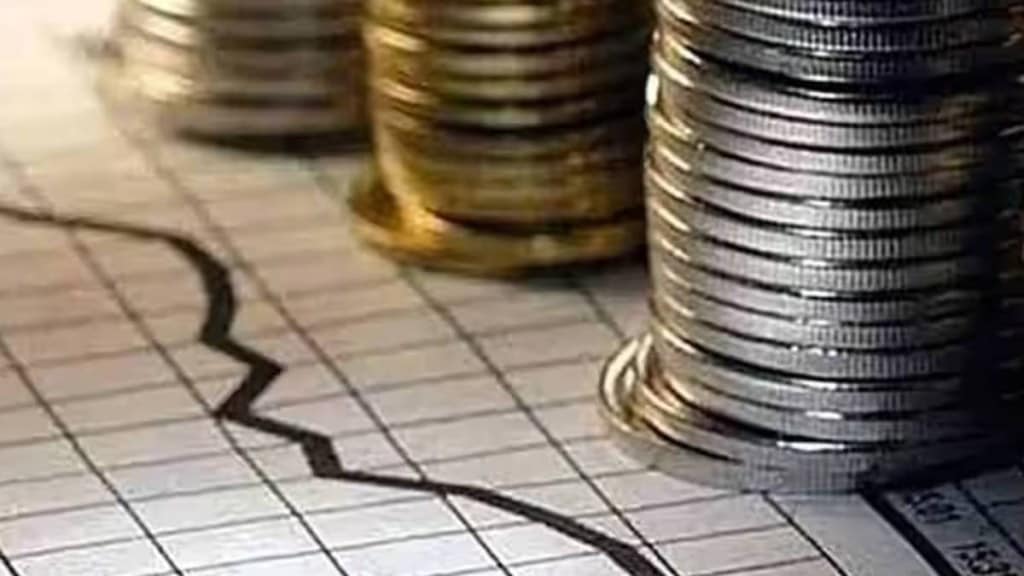In the run-up to the Budget, calls for reducing India’s “high import tariffs” have become more fervent. Rajesh Kumar Singh, secretary at the department for promotion of industry and internal trade, is on record saying, “India could shed its conservative approach to world trade and look to lower tariffs.” In a sign that the government might have started buying the argument even earlier, Customs duty on specified cell phone parts were cut from 15% to 10%, ahead of the February interim budget. It is another matter the industry wants these tariffs to be eliminated. It justifies the demand saying availability of low-priced inputs would help bolster atmanirbharta. These supposedly were the same goals pursued by the government, as tariffs went on creeping higher. In his latest book, noted economist and 16th Finance Commission chairman Arvind Panagariya denounces the “intermittent reversals” in India’s trade liberalisation, and cited the latest instance (tariff escalation since FY19).
All this would serve to cement the notion that the country would invariably stand to make a net gain from an all-encompassing tariff reduction. It would also seem that former US president and the 2024 presidential candidate Donald Trump was only stating the obvious, as he admonished India for being a “tariff king”. To be sure, import tariff is the basic customs duty (BCD) applied on items identified on the basis of a six-digit harmonised commodity description and coding system (HS Code); all other imposts on inward shipments including the integrated goods and services tax are meant to replicate taxes suffered by domestic goods and services. Undeniably, the simple average of import tariffs maintained by India is one of the highest in the world, and much higher than in the developed world.
This average has risen from a low of 13% (10.1% for non-agriculture or industrial goods) in 2009 to the current level of 18.1% (14.7%). Duties have been hiked for roughly a third of over 12,000 tariff lines since 2014. While this indeed would not help Indian economy’s integration with global value/supply chains, from a domestic standpoint, the tariff incidence is not as high as it would seem. Since duties on items imported for (value-added) exports are almost neutralised, BCD collections are barely 4% of the import value; that is, effective tariff is only as much. India has drawn much flak for keeping its “bound tariffs” (autonomous space kept for protective tariff hikes) at much higher than the applied rates. But recent instances like the US raising its applied tariffs on steel and aluminium by 30% over the (benign) bound rates of 4-5% show how pragmatism rules in the current, protectionist world.
That said, India can shake off the tag of a high-tariff nation by slashing the import taxes on scores of items, without much revenue impact. This is because over 80% of the Customs receipts comes from less than 10% of the tariff lines. The identification of items for tariff cuts/hikes should be done with broader economic and national objectives, rather than under pressure from powerful lobbies, or with an eye on immediate revenue gains. The goals of Make-in-India and export competitiveness will be best served by re-organising the economy to reduce overall costs, and ease logistics further. The general tariff policy and the preferential tariffs under the increasing number of free trade agreements must aim to maximise domestic value creation. These ought not work at cross purposes.

